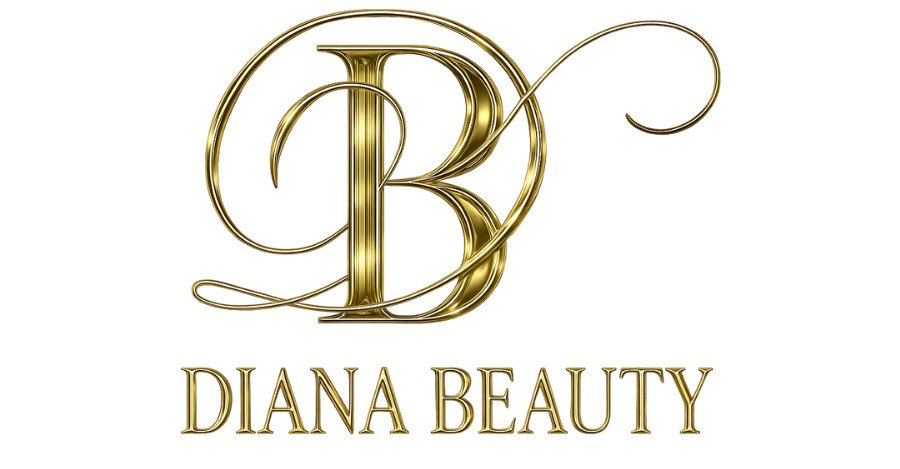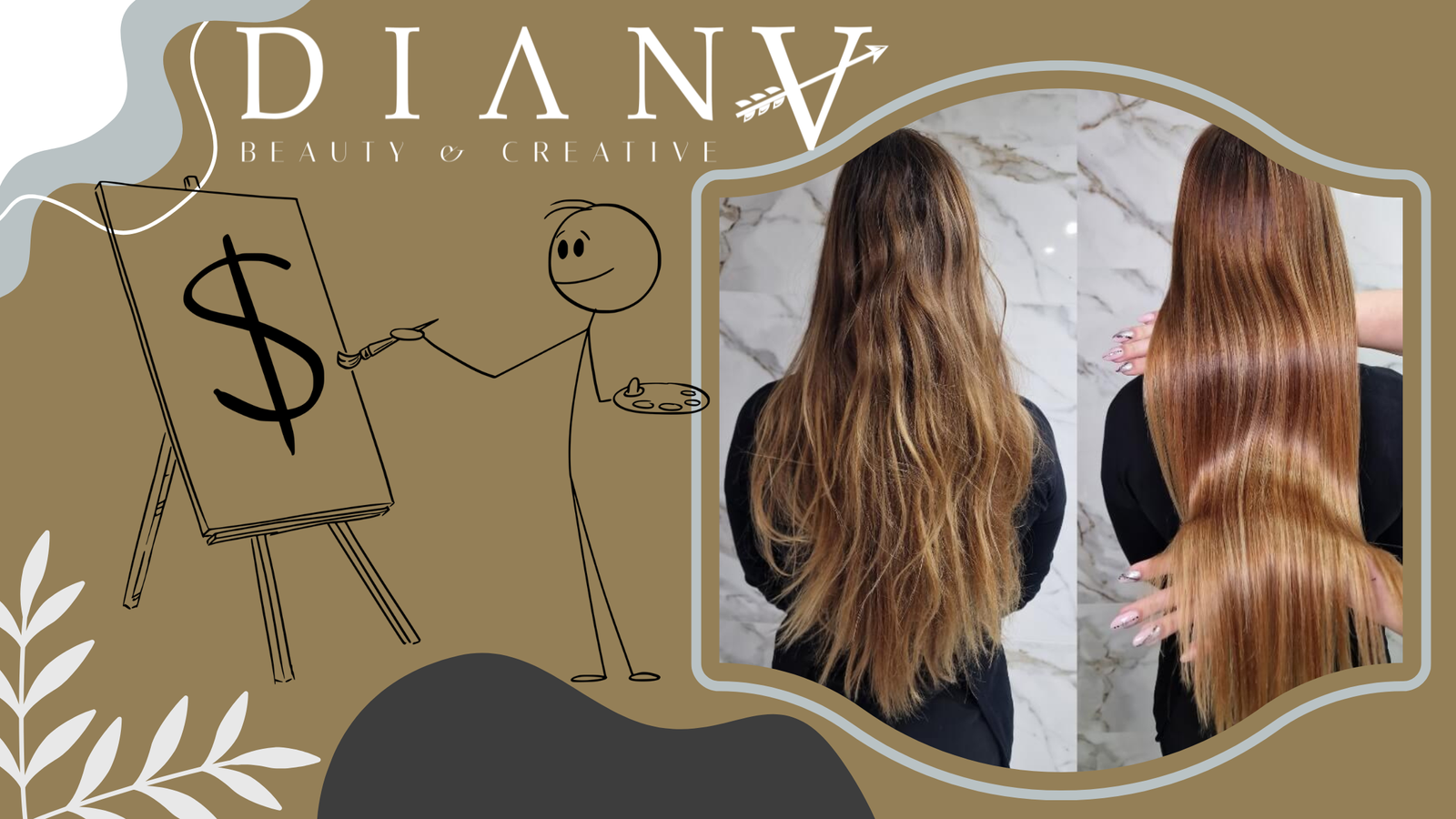
Can You Truly Listen to Your Client?
Is hearing your client enough? The answer is no. Active listening, which involves fully engaging in the conversation, can significantly enhance communication and build trust. A client who feels heard and understood is more likely to return and view you as a professional and caring service provider.
What is Active Listening?
Active listening goes beyond just hearing. It involves showing respect, attention, and genuine interest while confirming that what the client says matters to you. This builds trust and positively influences your relationship.
Elements of Active Listening:
- Eye Contact: Maintain eye contact to show engagement. During a treatment, occasional glances via the mirror are sufficient.
- Body Posture: Leaning slightly toward the client signals your interest in their concerns.
- Paraphrasing: Repeat what you’ve heard in your own words, e.g., "So, if I understand correctly, you'd like your hair cut to shoulder length and a perm done?"
- Avoid Unnecessary Opinions: Hold off on commenting or judging until you fully understand the client’s intentions.
Body Language and Client Alignment:
- Facial Expressions: Show surprise, understanding, or agreement at appropriate moments.
- Gestures: Nodding or subtle gestures can keep the conversation dynamic.
- Pace and Vocabulary: Match your speaking style to the client to better connect and understand.
Keeping the Conversation Flowing:
Use small phrases like "Really?", "I see," or "Hmm" to keep the dialogue going. Show approval with phrases like, "That’s an interesting point." The key is to be genuine – fake interest is easily noticed and can harm your relationship.
Honesty is Key:
If you lose focus during the conversation, be honest about it, e.g., "Sorry, I got a little distracted by your hair. Could you repeat that?" This shows authenticity and professionalism.
Summary:
Active listening is essential for building trust and fostering a strong relationship with your client. A client who feels understood is more likely to return. Pay attention to every aspect of your communication – from eye contact to sincerity – and you’ll see greater client satisfaction.


















